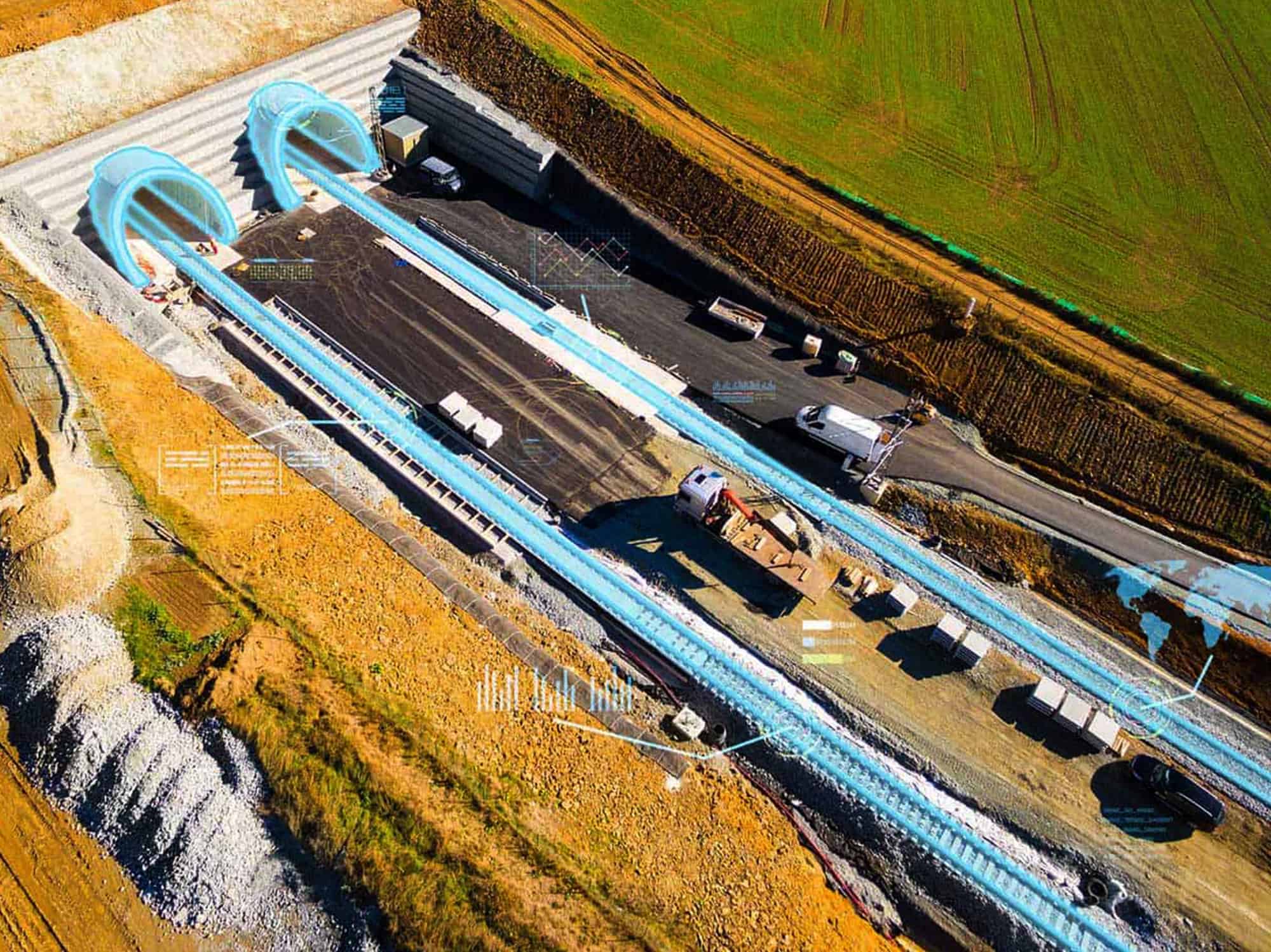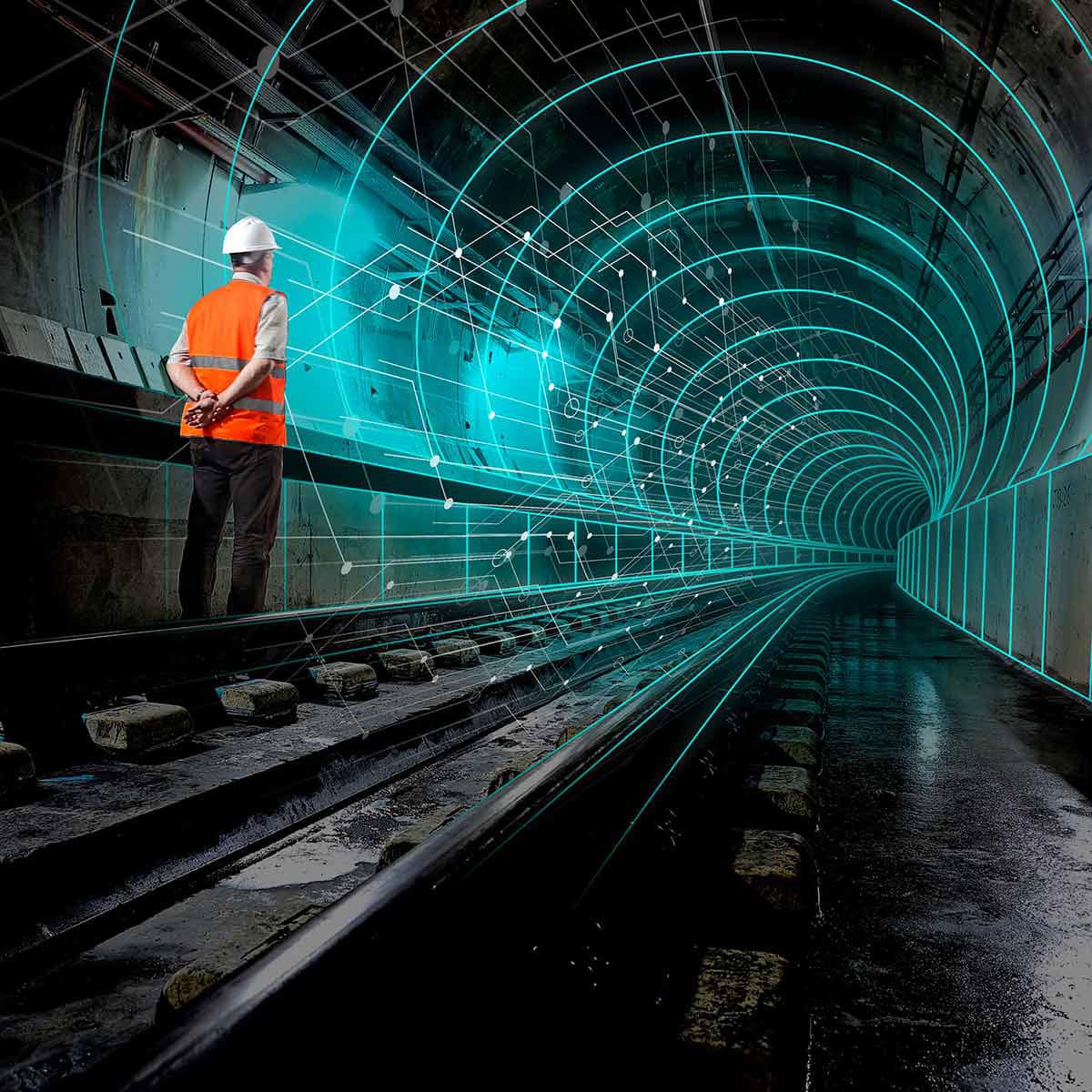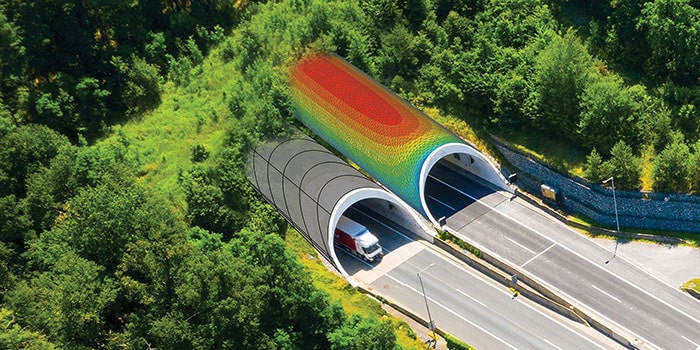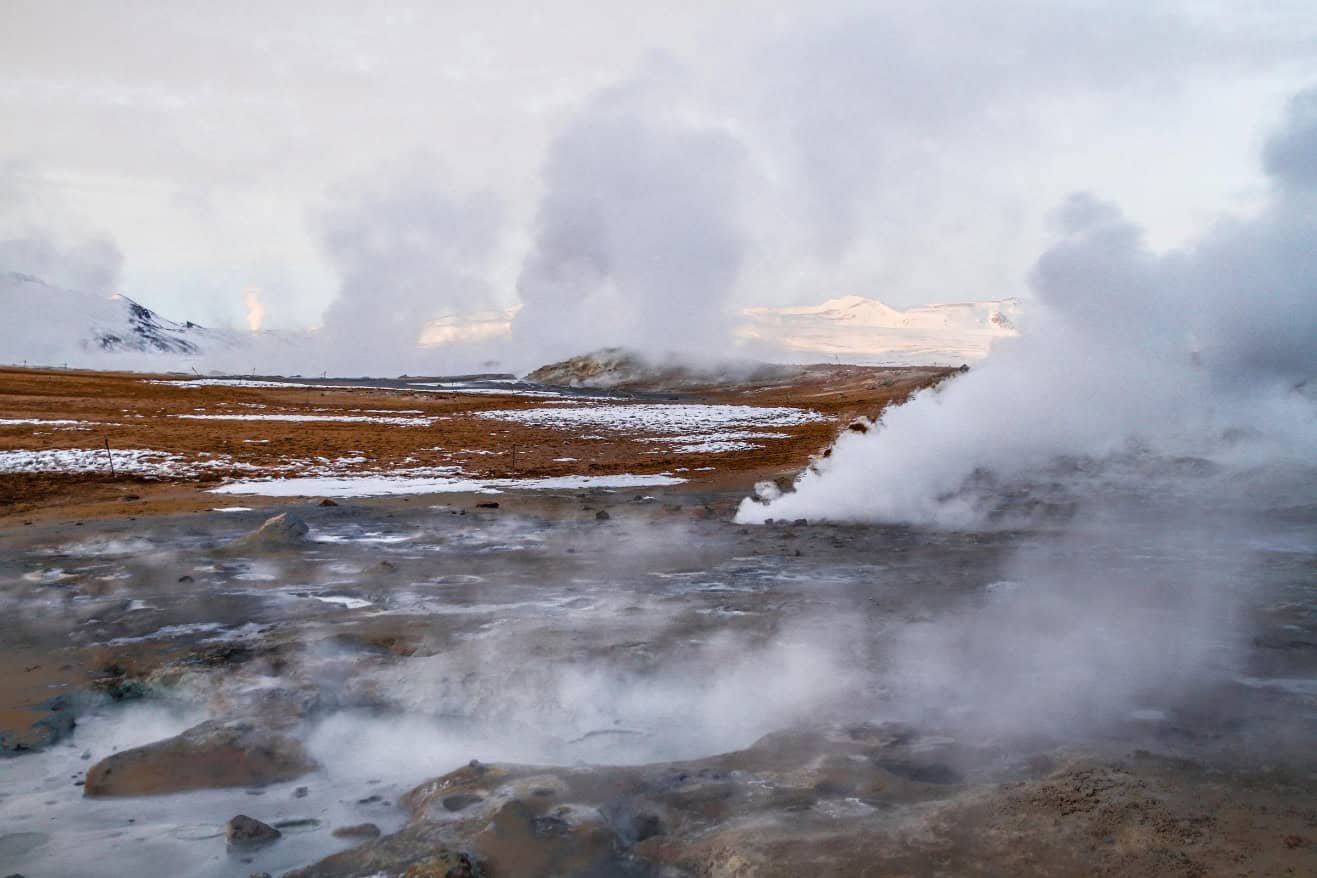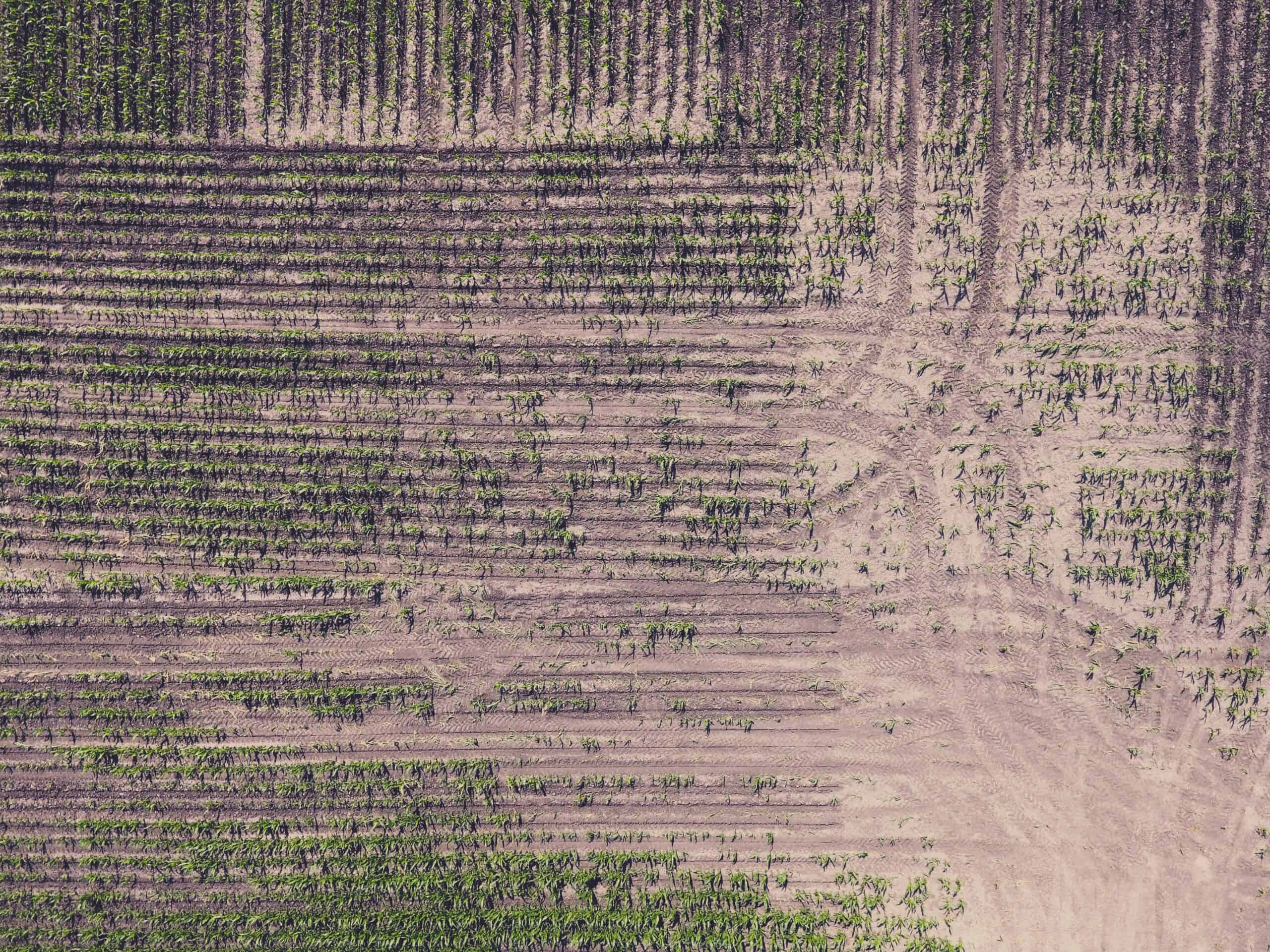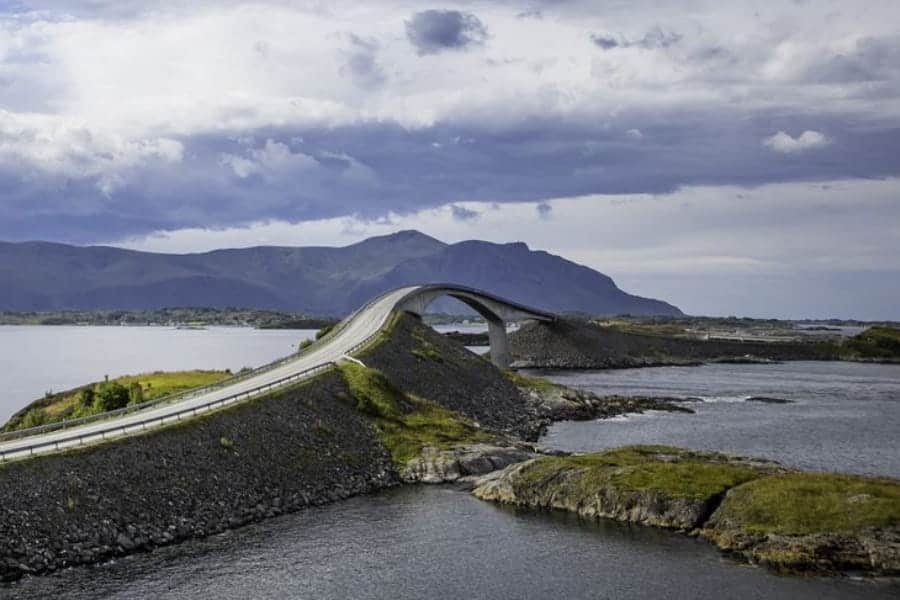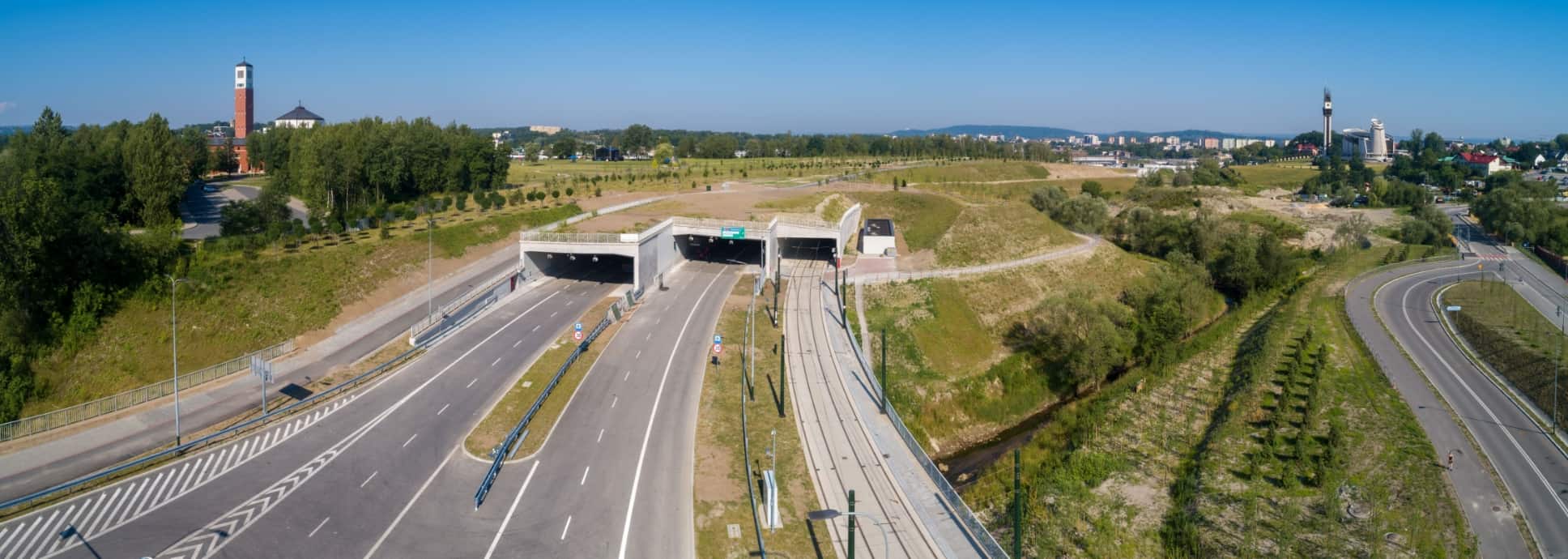Integrated tunnel design: connecting subsurface data to engineering reality
The implementation of digital twins isn’t simply about adopting new software tools. It requires developing a new way for how different disciplines communicate and collaborate. This process consists of several key elements.
Rather than periodic data transfers between disciplines, digital twins require continuous integration of new information. Borehole logs, geophysical surveys, tunnel convergence measurements, and other data sources flow into a common environment where they immediately influence the collective understanding. This continuity is enhanced through solutions, including Bentley OpenGround’s geotechnical extension, which seamlessly integrates subsurface data with civil design applications that include Bentley OpenRoads, OpenRail, OpenBridge, and OpenTunnel. The extension allows geotechnical data to be directly imported and visualized in plan, 3D, profile, and cross-section views, eliminating data silos and ensuring that the latest subsurface information is immediately available to all stakeholders.
This continuity eliminates the “stale data” problem that has affected traditional workflows, where decisions might be made based on outdated information simply because the latest findings haven’t been processed and shared.
Visual thinking at scale
Humans are inherently visual thinkers, yet much of subsurface engineering has historically relied on numerical tables, charts, and written reports. Digital twins harness our visual cognition to understand complex three-dimensional relationships and patterns that might be missed in tabular data. When project leaders and stakeholders can literally see how geological formations interact with tunnel alignments, or how settlement zones might affect existing structures, they grasp implications more quickly and make more informed decisions.
Traditional design processes produce a series of increasingly refined static designs, from conceptual to preliminary to detailed. Modern digital approaches enable a more dynamic approach, where teams can rapidly evaluate multiple scenarios and understand their implications across disciplines. This shift from design documentation to design exploration represents a fundamental change in engineering methodology. It’s not about documenting a single solution more efficiently, it’s about exploring a wider solution space more effectively.
From handoffs to continuous collaboration
Perhaps most importantly, collaborative digital approaches transform the relationship between project phases and disciplines. Rather than sequential handoffs where responsibility transfers from one team to another, they enable continuous collaboration where insights flow in multiple directions.
Geologists inform geotechnical engineers about formation characteristics. Construction specialists provide feedback on excavation techniques that influence structural designs. Operators contribute insights about maintenance requirements that shape initial designs. This level of continuous collaboration is enabled by cloud-based platforms like Bentley Infrastructure Cloud, which connects people and data across the entire infrastructure lifecycle through integrated workflows.
Current challenges and frontier opportunities overcoming data challenges in digital twin implementation
Despite their transformative potential, these collaborative approaches face several significant challenges that must be addressed before they can become standard practice.
Streamlining data workflows remains a critical priority. The ultimate goal must be to create systems that handle routine data processing automatically, freeing engineers to focus on exceptions, anomalies, and insights that require human judgment.
This isn’t simply a technical challenge, it’s a matter of developing a common framework for dealing with uncertainty that works across disciplines and stakeholder groups. The International Association of Engineering Geologists’ guidelines for geological engineering models represent an important step forward, providing a rigorous framework to develop and apply geological engineering models critical relationship between conceptual, observational and analytical models.
The future of underground innovation
Looking ahead, several emerging trends promise to further accelerate the evolution of digital collaboration in tunnel engineering, including:
AI-enhanced interpretation:Machine learning algorithms are increasingly capable of identifying patterns in geotechnical data that might be missed by human analysts. These algorithms don’t replace engineering judgment, they also amplify it by filtering noise, highlighting anomalies, and suggesting correlations that warrant closer investigation.
Sensor fusion and real-time monitoring: Advances in sensor technology and data transmission are enabling more comprehensive monitoring during both construction and operation. These systems provide continuous feedback that refines our understanding of ground behavior and structural performance.
Extended reality for enhanced visualization:Virtual and augmented reality technologies are creating new ways to interact with subsurface data. These immersive visualization tools make complex spatial relationships more intuitive and accessible to diverse stakeholders.
Beyond technology to the human dimension: Driving adoption of digital workflows
While technological capabilities continue to advance, the most significant challenges, and opportunities, in implementing multidiscipline digital approaches are human rather than technical. Organizations that recognize this reality will be best positioned to realize the full potential of these transformative technologies.
Successful implementation requires attention to several key human dimensions:
Skill development across disciplines: Engineers, geologists, and construction specialists need opportunities to develop skills that span traditional disciplinary boundaries. These “T-shaped professionals” combine depth in their primary discipline with breadth across adjacent fields.
Collaborative leadership: Project leaders must create environments where multidisciplinary teams can collaborate effectively. This requires not just technological infrastructure, but also cultural norms that encourage questioning, knowledge sharing, and collective problem-solving.
Client education and engagement: Project owners and operators need to understand the value proposition of digital twins—not as technological novelties, but as business tools that reduce risk, enhance predictability, and create lifecycle value.
Building a new underground reality with digital twins
The subsurface world has always been characterized by uncertainty and complexity. What’s changing isn’t the ground beneath our feet, but rather our ability to understand it, visualize it, and work with it more effectively.
Digital twins represent more than a technological advance; they embody a fundamental shift in how we approach underground infrastructure. By exposing uncertainty, enhancing collaboration, and supporting lifecycle management, they make tunnels safer, more sustainable, and more efficient.
In an era of increasing infrastructure demands and resource constraints, these connected digital workflows aren’t just nice to have. They’re essential to building the resilient underground networks that will serve communities for generations to come.
The ground may not yield its secrets easily, but with advanced collaborative approaches, we’re asking better questions—and getting better answers—than ever before.
This concludes our three-part series on digital transformation in tunneling. For more insights on infrastructure innovation, follow our blog for the latest developments in connected engineering workflows.
See how connected workflows in OpenTunnel Designer can revolutionize your next tunnel project.
If we can optimize the amount of earth we move and the reuse of material, then we can be more sustainable. This isn't sustainability as a marketing tagline—it's sustainability through precision engineering.
Pat McLarin
Collective intelligence amplification
Perhaps the most powerful benefit of a digital twin is the least quantifiable: its ability to enhance collective intelligence across project teams and stakeholders. When geologists, geotechnical engineers, tunnel designers, and construction specialists share a common digital environment, something remarkable happens. Disciplinary boundaries begin to blur. Questions become more sophisticated. Insights emerge from unexpected connections.
“When everyone can really understand what’s going on in the subsurface, that leads to better decision making,” McLarin observes. This shared understanding transforms not just what teams decide, but how they make decisions—with more inputs, broader perspectives, and deeper consideration of interdependencies.”
Stay tuned for part three to learn the practical strategies for implementing these transformative approaches in your organization.
Learn more about OpenTunnel Designer and the Bentley software used by Tecne Systra. And be sure to read the previous blog post in our series.
